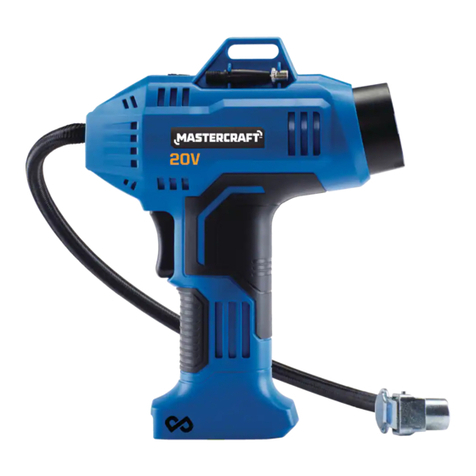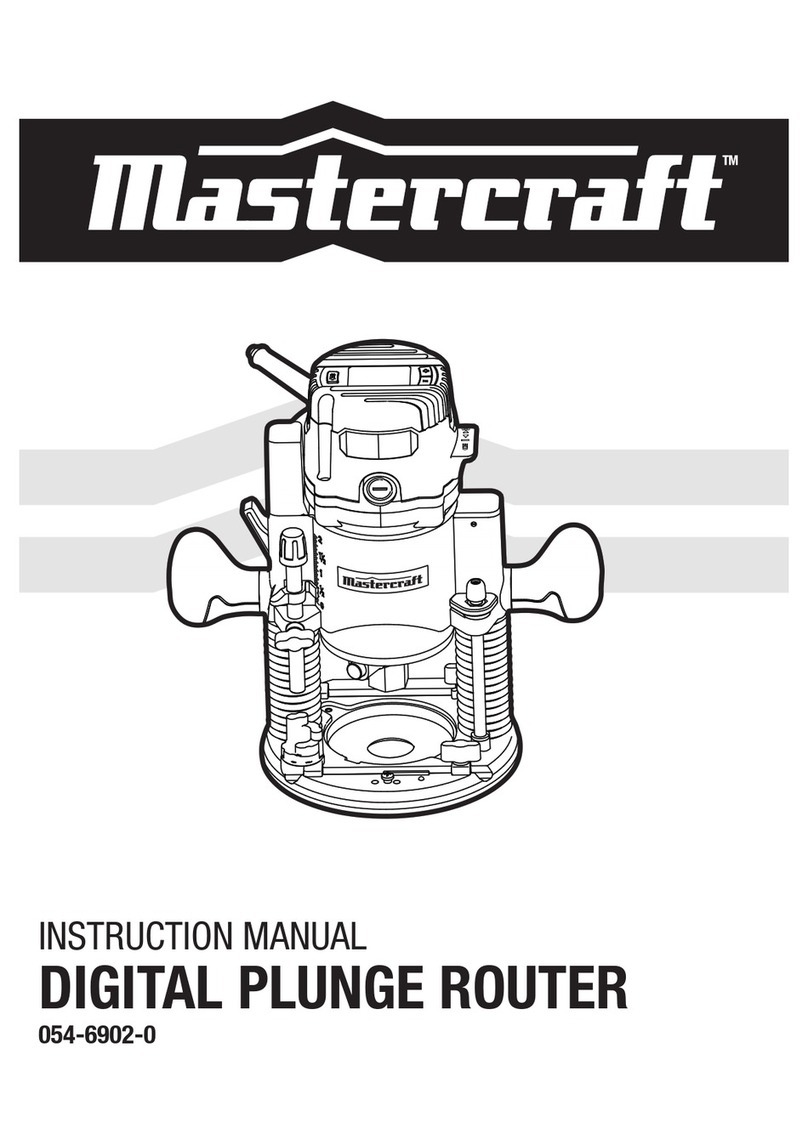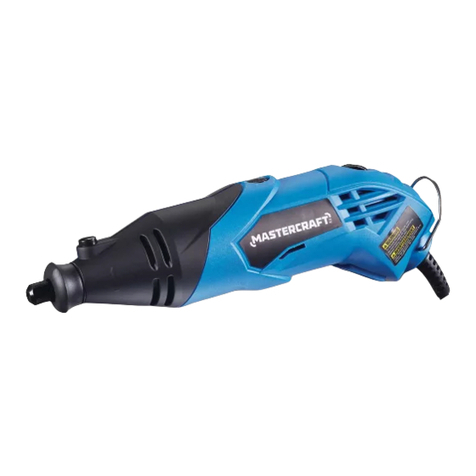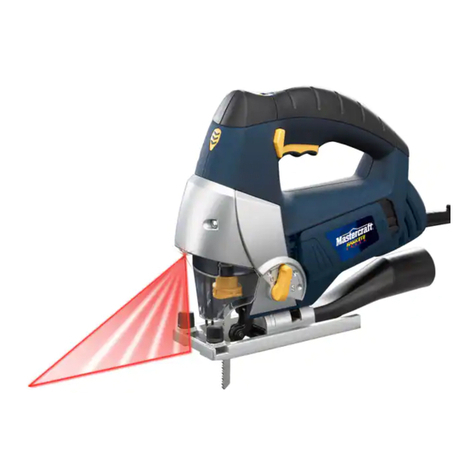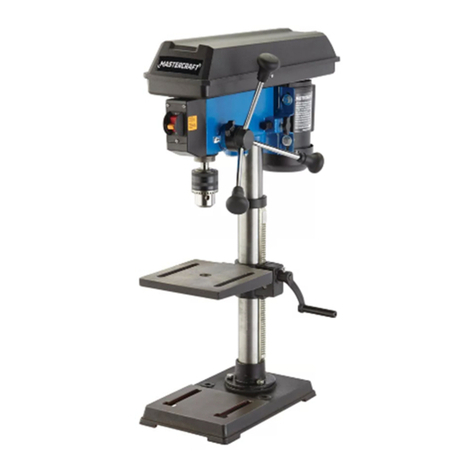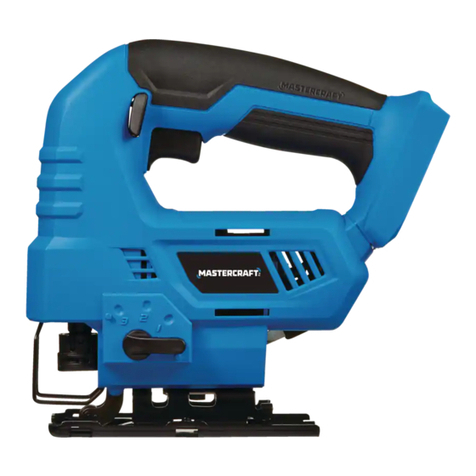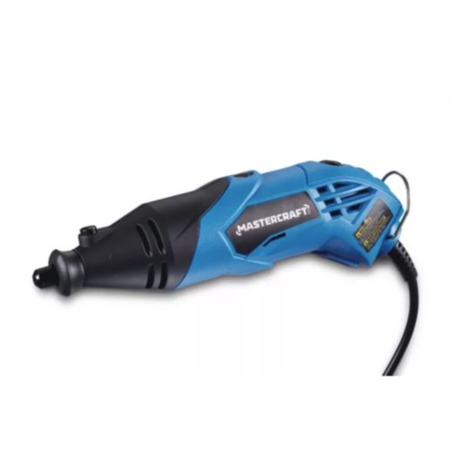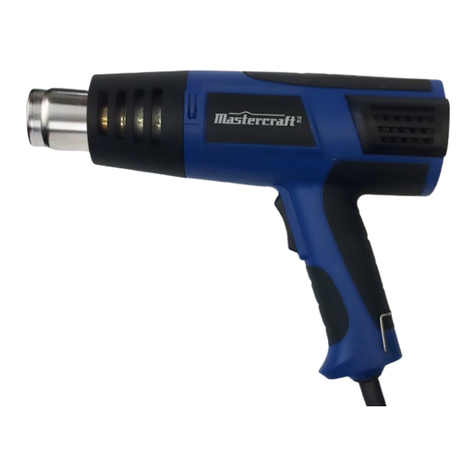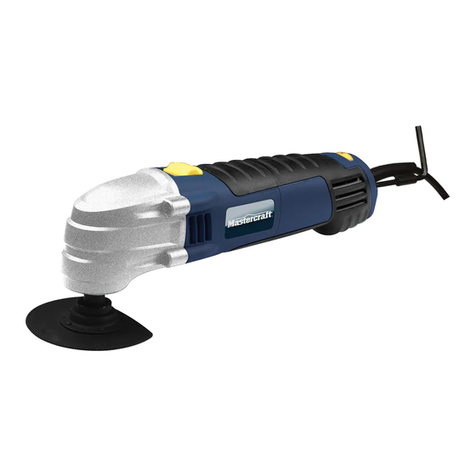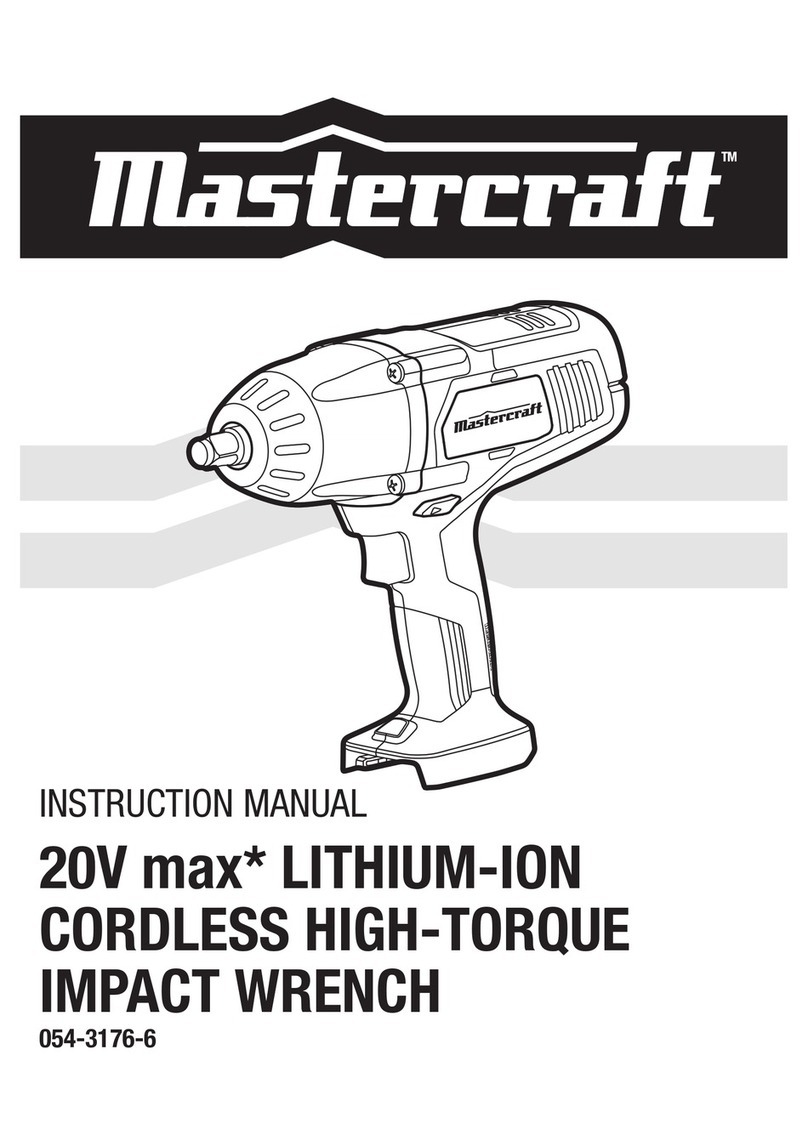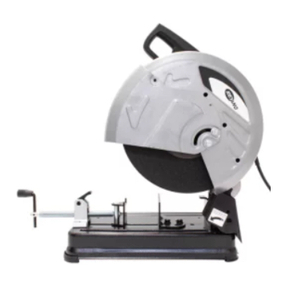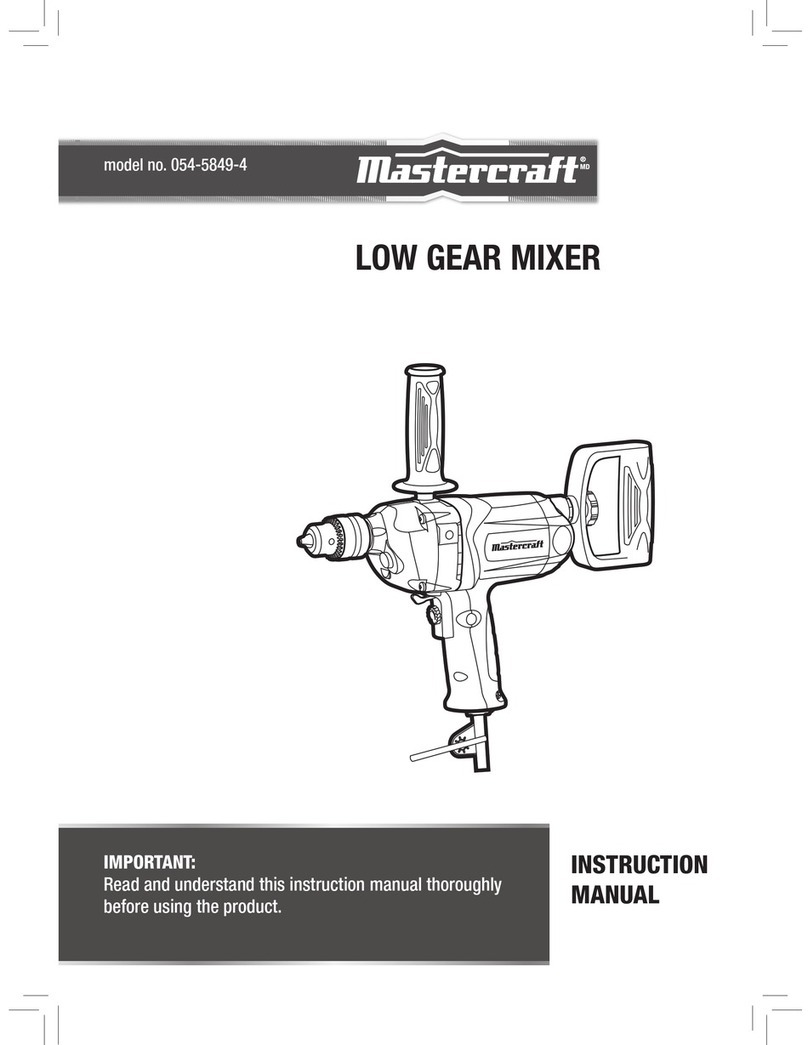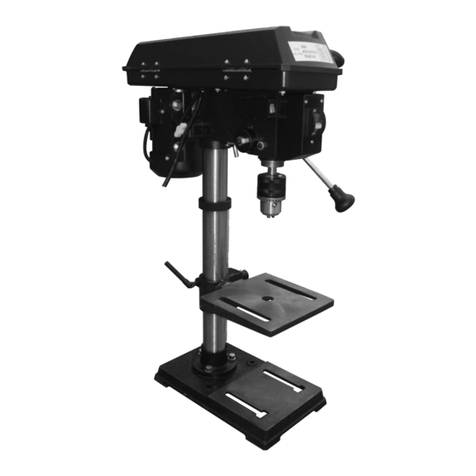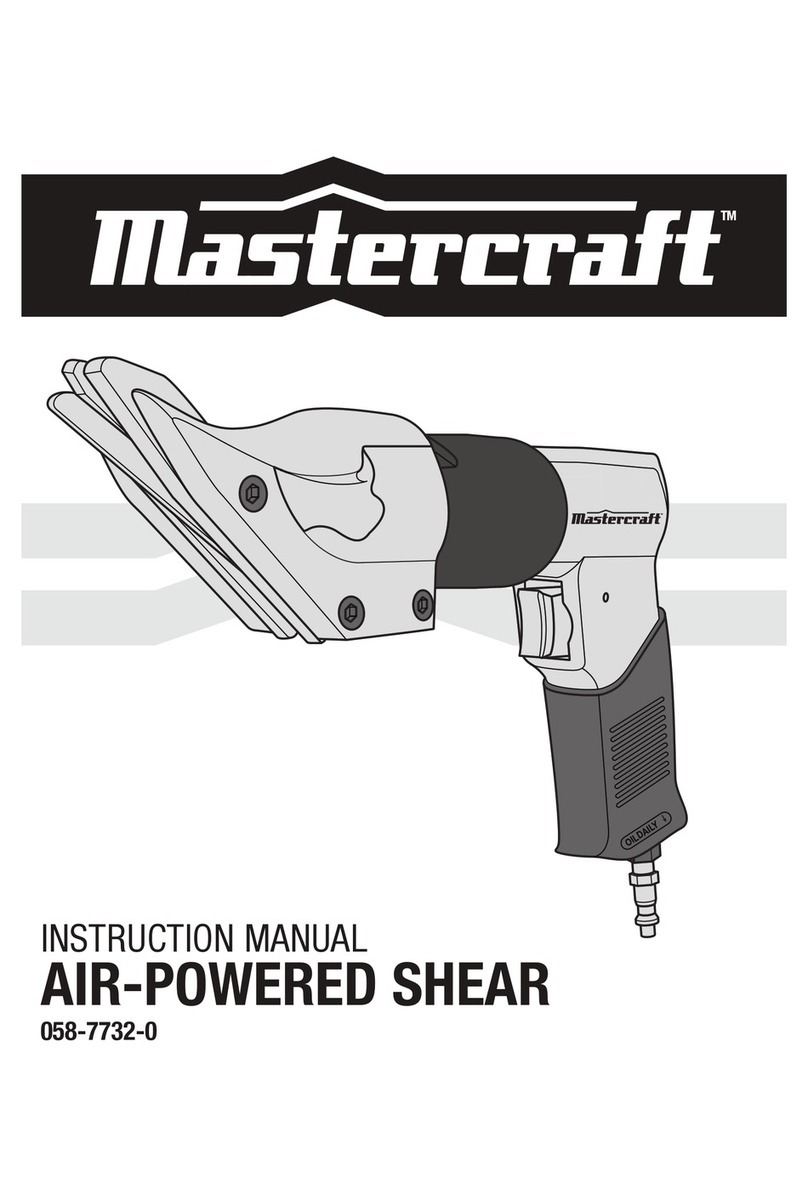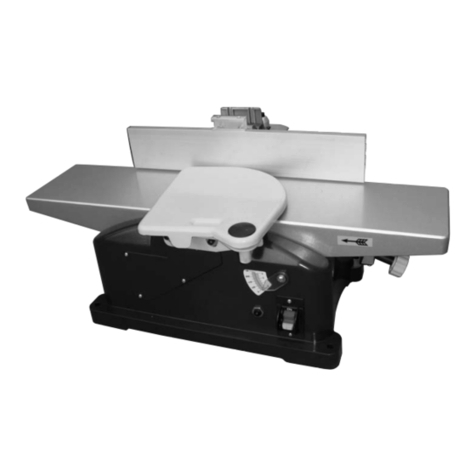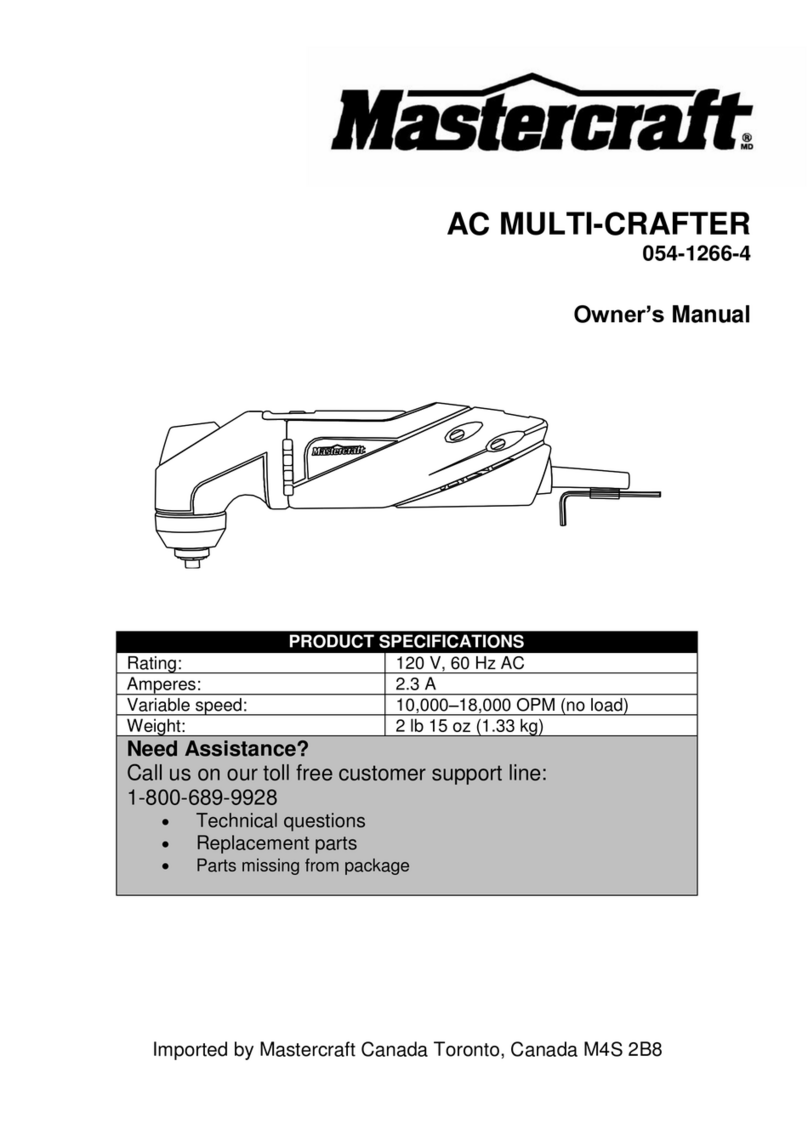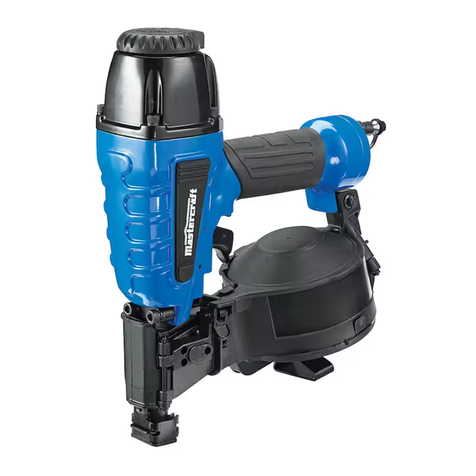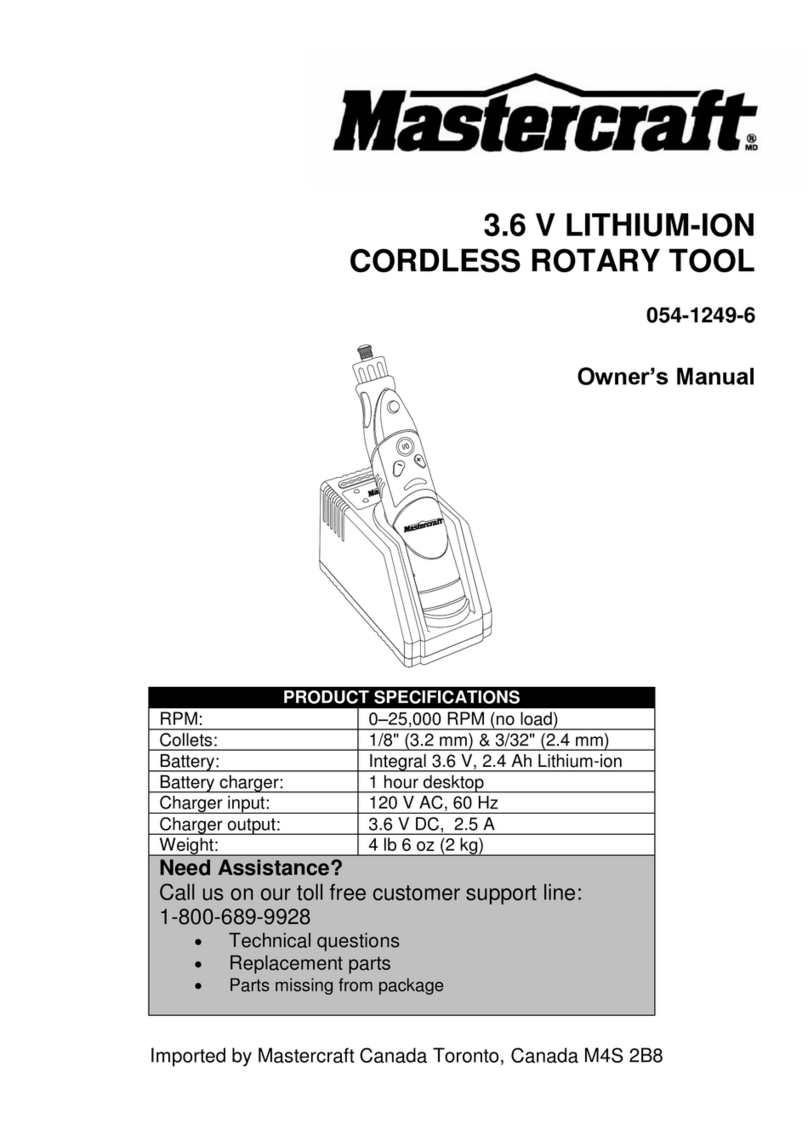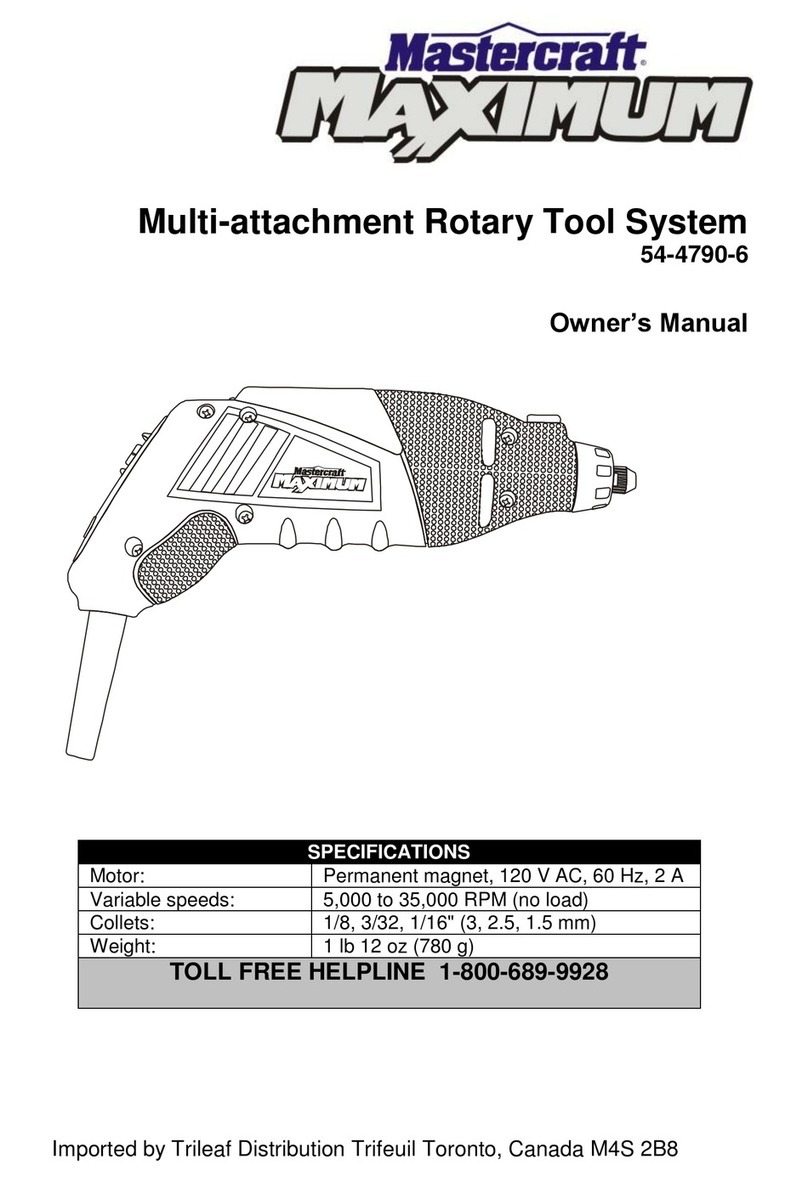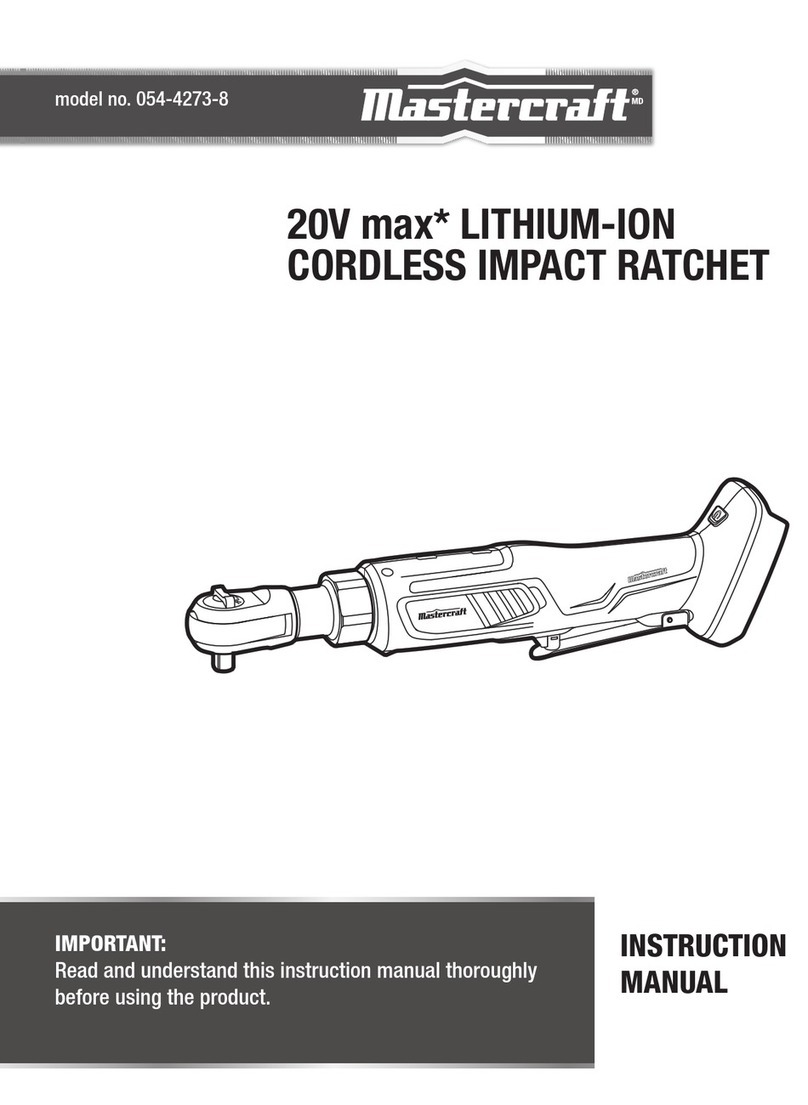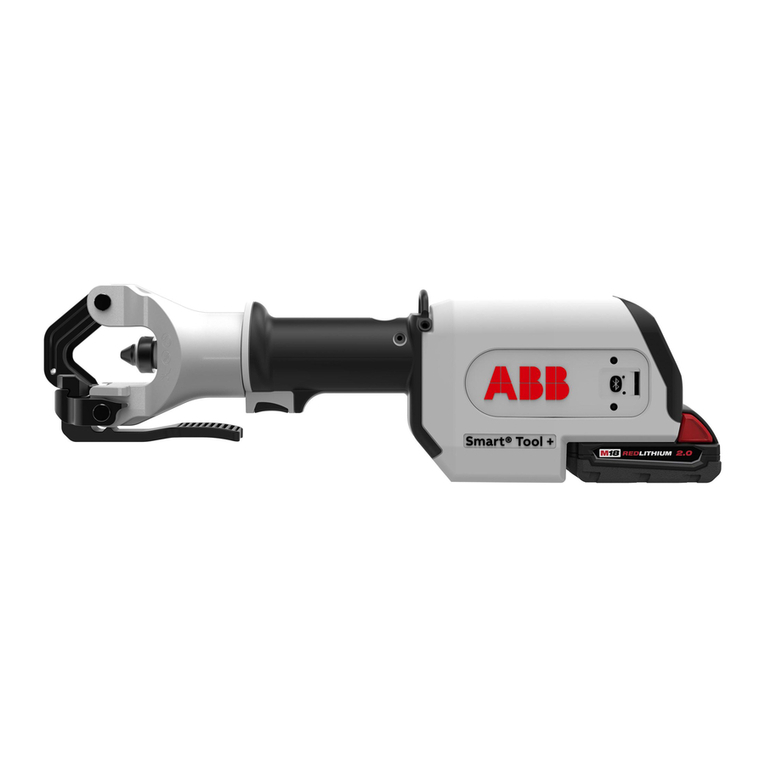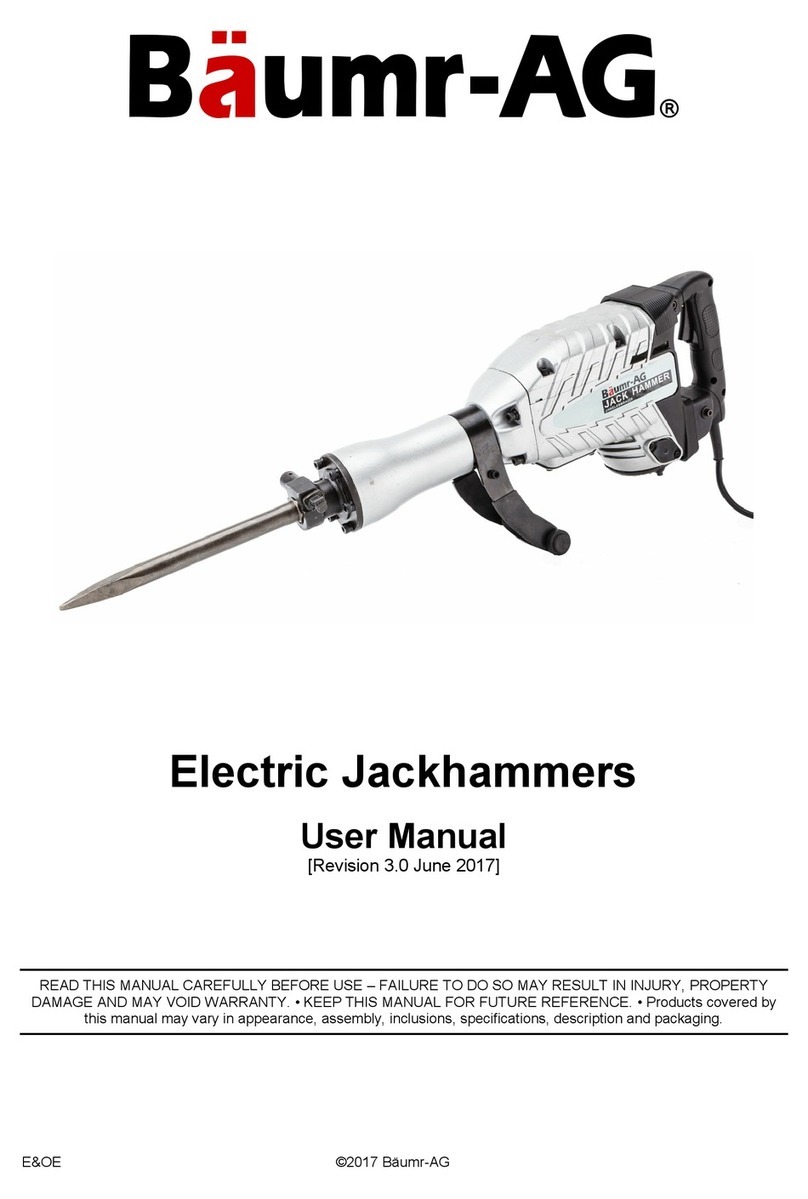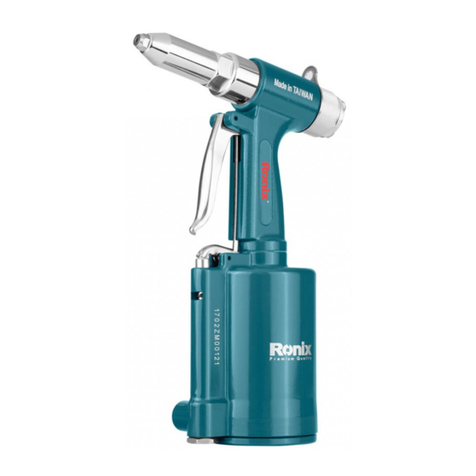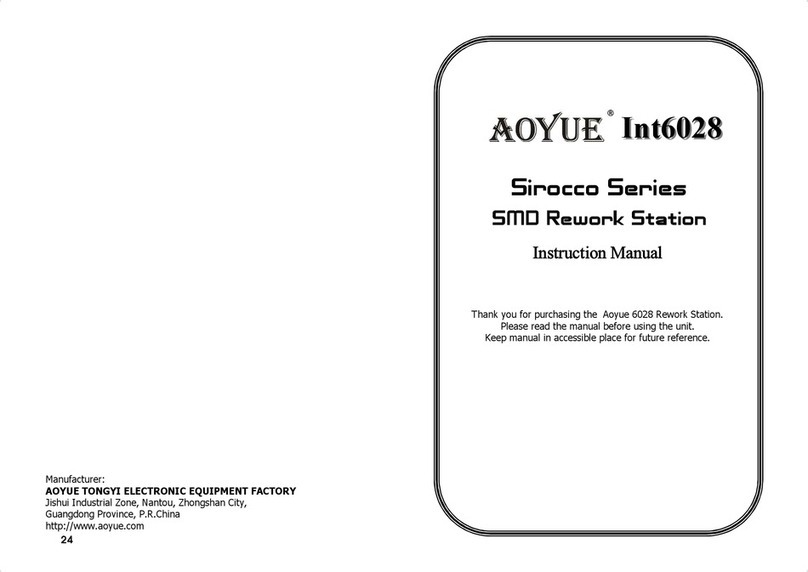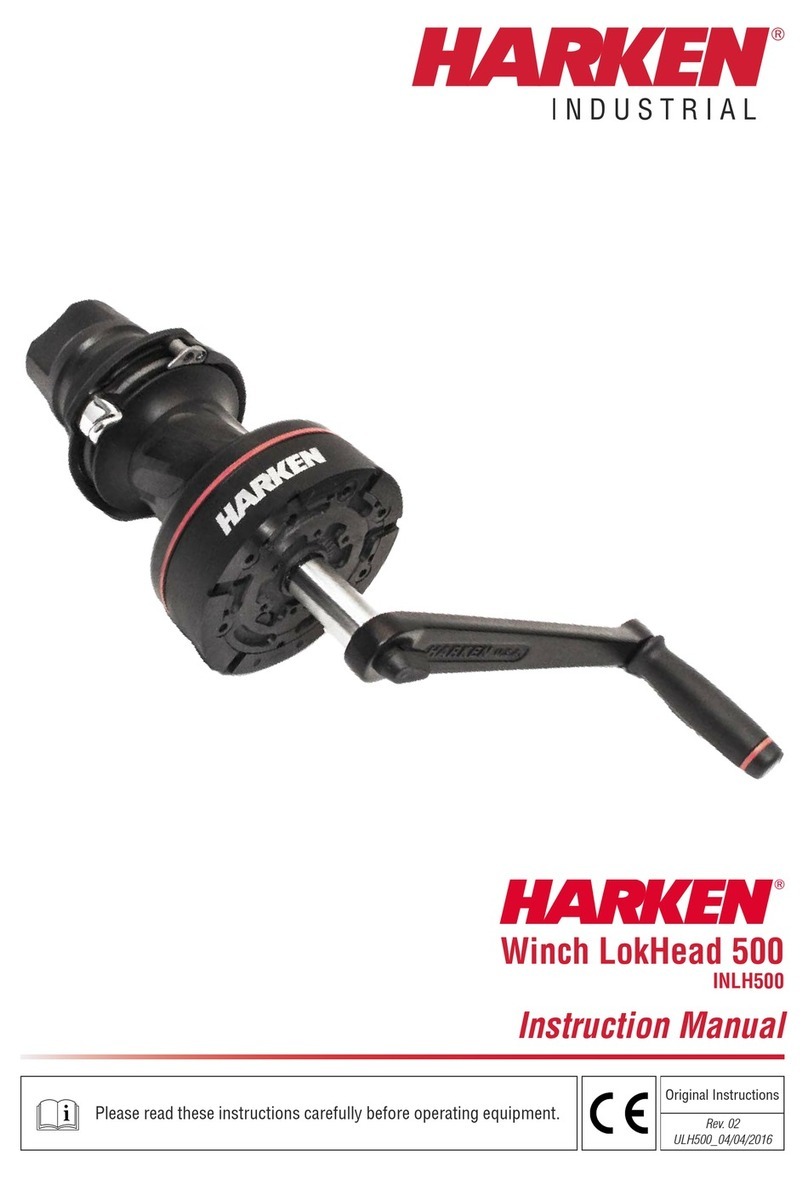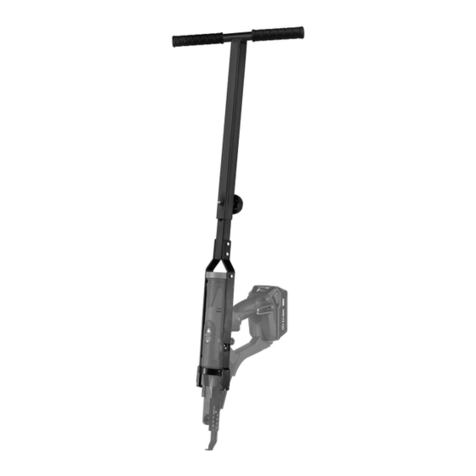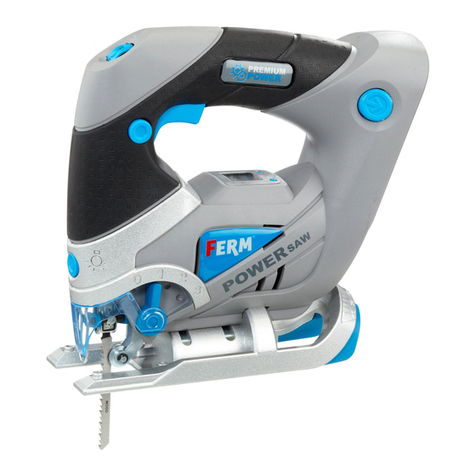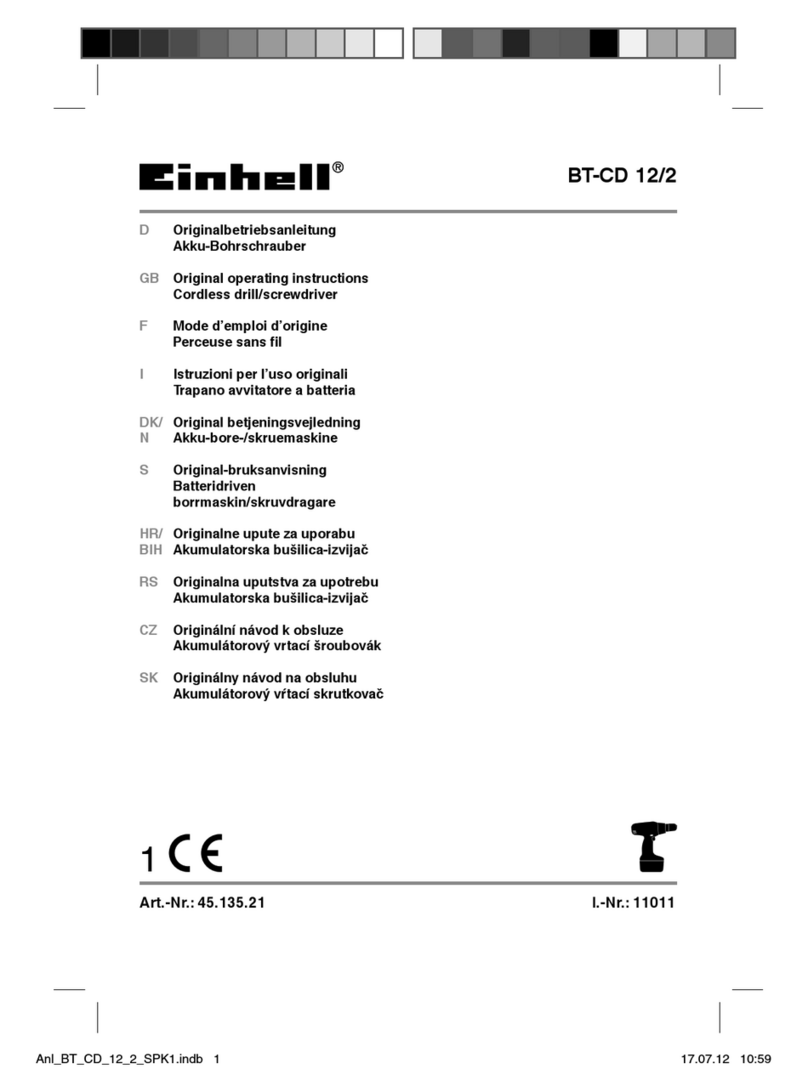
76
Do not use oxygen or any other combustible or bottled
gas to power air-powered tools. Failure to observe this
warning can cause explosion and serious personal
injury or death. Use only compressed air to power
air-powered tools. Use a minimum of 25' (7.6 m) of
hose to connect the tool to only compressor. Failure to
comply will result in serious injury or death.
Risk of inhalation: Never directly inhale the air produced by the
compressor.
Risk of electric shock: Do not expose a compressor to rain.
Store it indoors. Disconnect the compressor from the power
source before servicing. The compressor must be grounded.
Do not use grounding adaptors.
Keep children away from the work area. Do not allow children to handle
power tools.
Do not use this tool in the presence of flammable liquids or gases. Sparks
that are created during use may ignite gases.
Do not point the tool towards yourself or other people, even when the tool
has stopped. Keep hands, feet, and all other parts of the body clear from
work area.
Do not attempt to clear nailer jams while the air hose is connected.
Do not keep the trigger or the safety stand pressed while loading nails.
Unintentional firing of a nail could cause serious personal injury or death.
Risk of personal injury: Do not direct compressed air from the air hose
towards the user or other people or animal.
Risk of burns: The pump and the manifold generate high temperatures. In
order to avoid burns or other injuries, do not touch the pump, the manifold,
or the transfer tube while the compressor is running. Allow the parts to cool
down before handling or servicing. Keep children and pets away from the
compressor at all times.
Risk of bursting: Do not adjust the pressure switch or safety valve for any
reason. They have been preset at the factory for this compressor’s maximum
pressure. Tampering with the pressure switch or the safety valve may cause
personal injury or property damage.
Risk of bursting: Make sure the regulator is adjusted
so that the compressor outlet pressure is set lower
than the maximum operating pressure of the tool.
Before starting the compressor, pull the ring on the
safety valve to make sure the valve moves freely.
Drain water from the tank after each use. Do not weld
nor repair the tank. Relieve all pressure in the hose
before removing or attaching accessories.
Do not allow inexperienced or untrained individuals to operate an air-
powered framing nailer or any other air-powered tool.
Keep hands and other parts of the body away from the firing head
during use. Keep hands, feet, and all other parts of the body at least
8" (20 cm) away from the firing head. Nails or objects in the
workpiece can cause serious injury if they are deflected by the
workpiece or if they are driven away from the point of entry.
Do not overload the tool. Allow the tool to operate at its optimum
speed for maximum efficiency.
Locate the compressor in a well-ventilated area for cooling, at a
minimum of 12" (30 cm) away from the nearest wall.
Protect the air hose and the power cord from damage and puncture.
Inspect them for weak or worn spots before every usage, and replace
them if necessary.
Always wear eye and hearing protection when using the air
compressor. Failure to do so may result in hearing loss.
Do not carry the compressor while it is running.
Do not operate the compressor if it is not in a stable position.
Do not operate the compressor on a rooftop or in an elevated position
that could allow the unit to fall or be tipped over.
Always replace a damaged gauge before operating the unit again.
SAFETY GUIDELINES
WARNING!
DANGER!
SAFETY GUIDELINES
SAFETY GUIDELINES
model no. 058-9847-6 | contact us 1-800-689-9928
Never point nailer toward yourself or anyone else.
Always assume the nailer contains fasteners. Never point the nailer
toward yourself or anyone else, whether it contains fasteners or not. If
fasteners are mistakenly driven, it can lead to severe injuries.
Never engage in horseplay with the nailer. Respect the nailer as a
working implement.
Never carry with finger on trigger.
Remove finger from trigger when not driving fasteners. Never carry the
nailer with finger on trigger since you could drive a fastener
unintentionally and injure yourself or someone else. Always carry the
nailer by the handle only.
Potential hazard that will result in serious injury or death.
